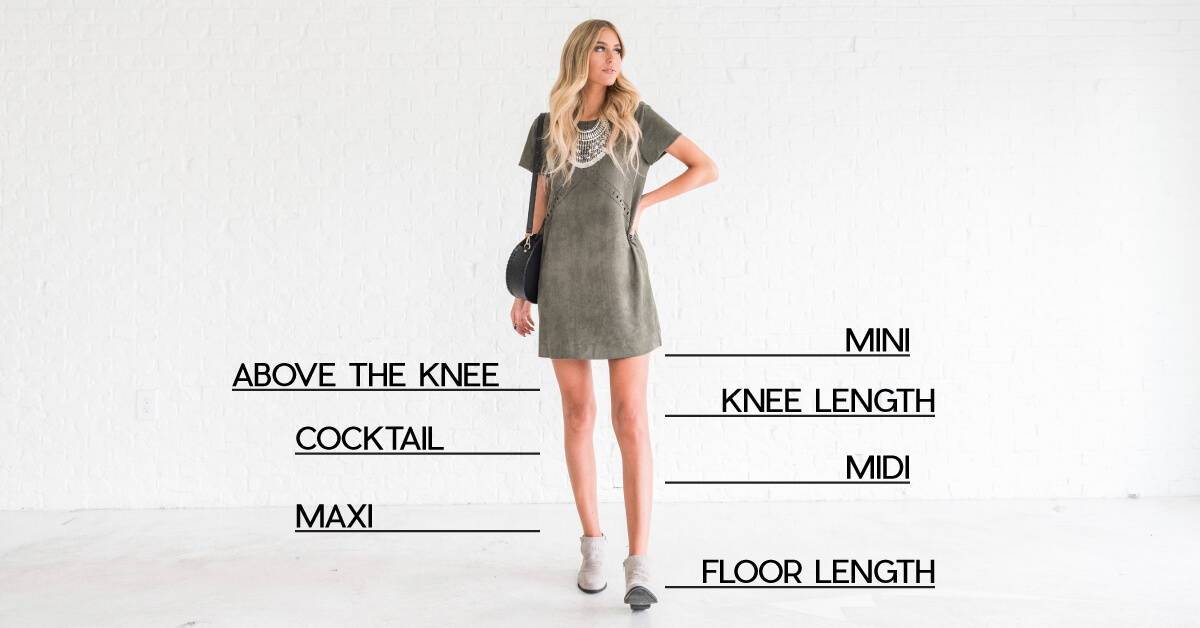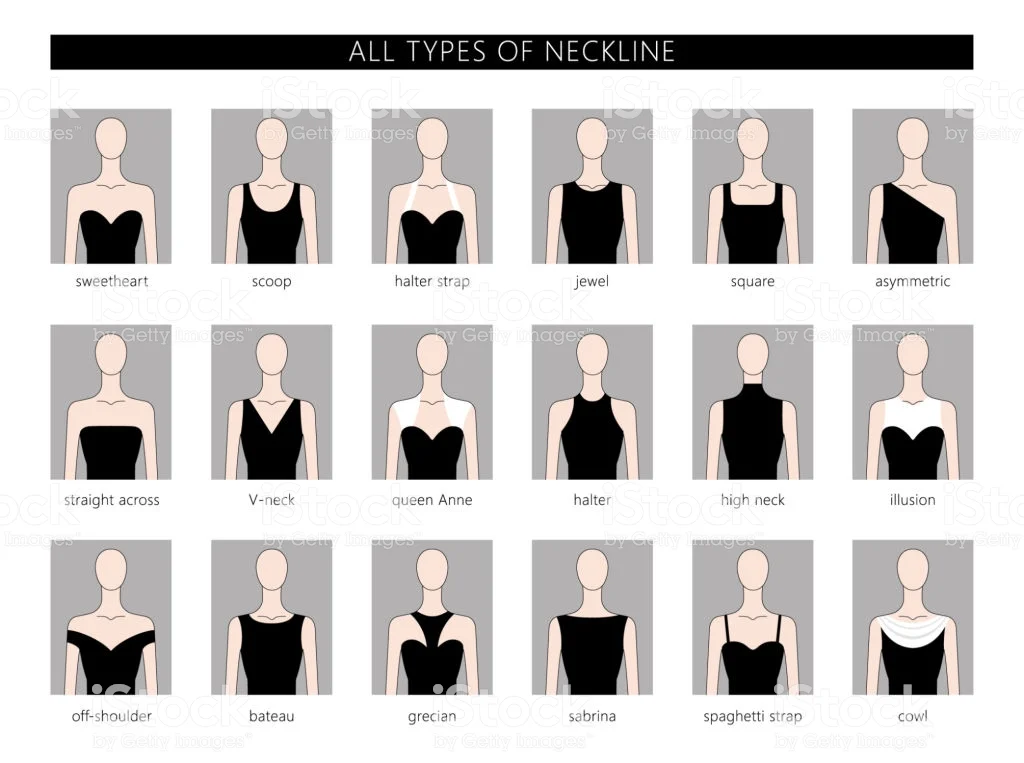How to Find the Right Dress for Your Body Type
Struggle with finding the right dress for your body type? Ever wonder why that is? Let's start with the two obvious reasons that we sometimes forget about when shopping. One, we all have different body types. Yes, they can be categorized by fruits (apple, pear...), letters (I or H), even shapes (circular, oval, etc.) But if we're being really, real, each of us have unique body types. Which brings me to the second reason we struggle. Dresses are not tailored to fit every unique body type. They (most) are massed produced for quick consumption. So how do you, the everyday woman, figure out how to find the right dress for your body type? Here are five elements of a dress to assess whether or not it's a good fit for you.
[show_shopthepost_widget id="3541217"]
How to Find the Right Dress for Your Body Type
What makes a good dress great on you and not the same on others is all about body shape. If you stop to examine the shape of your body, what are your highlights? What are the places where you carry more or less weight? Or where are you the broadest? Shoulders? Hips? Finding the right dress for your body type starts with knowing the shape of your body. The areas where you are largest or widest are the areas that are best to have fabric at a minimum. Even having a long or short torso matters. It's all part of the delicate balance of having a garment lay in the places you want how the garment should. Here are the five key elements to considering when finding the right dress for your body type.
1 | Length (Bottom Hemline) |
Does the dress graze your leg at the right spots? If it's a midi dress (knee length), it should sit just just above or below the knee. A longer calf length? It should hit just above or below the calf muscle. Maxi (floor length) dresses should hit at about your ankle bone or your arch on your foot. To remedy a hemline if you love a dress is easy. Simply take it to a tailor or a dry cleaner with tailoring services and ask to have it altered to one of those spots.
(image: Bella Ella Boutique)
2 | Color |
We are all drawn to certain colors without realizing it. Think about what colors you have most in your closet (other than black or white!) and which you receive the most amount of compliments when wearing. Those are your colors! Stay true to those colors and they will highlight your features in the most natural way. Still not sure about your colors? One way to find out if a color flatters your skin tone is to hold a garment up in natural light against your face. Does the color wash you out? Not your color! Do you seem to blush? Your color!
(image: source via Buzzfeed)
3 | Waistline |
Because everyone has a different shape here, pay attention to a few things. Do you have a short or long torso? Does the waistline of the dress (if it has one, as shift dresses and some others don't) hit you at your natural waist? If you carry most of your weight here, you will want to opt for a dress with a high waistline or no waistline at all. A few styles that are most flattering on a majority of women are: fit & flare and wrap dresses. A-line dresses are good for women who also carry weight around their hips.
4 | Neckline |
Broad shoulders? Larger breasts? These impact the type of necklines you should be wearing when finding the right dress for your body type. Aren't sure what is the best for you? V-necks are usually a go-to for larger breasted women. Halter is usually most flattering on broad shouldered women. Look at the tops you own and love the most. What are the necklines on them? Use this as your guide for dress necklines as well.
(Image: Getty Stock Image via Pinterest)
5 | Shoulder & Chest |
Note *This is one of the most important fits (and most costly to fix/alter). The cause of ill fitting dresses (or clothing in general) is sometimes due to the lack of proper shoulder seams or a seam (darting) at the bust.* A dress that fits your body type well will follow the shape of your shoulders. The shoulder seams should sit at your shoulder bone. Check these three areas for proper fit:
Shoulder bone - where the arm meets the shoulder - does the seam hit here? If so, that's good!
Armpit - raise your arm, is there a big gap? Does the arm hole sit too low? Is it too tight? If so, it isn't fitting properly
Chest - Does the material appear to pull or gap around the chest area? Do the buttons pull? The dress should do none of these things if it fits properly.
(Here is another good, informative article explaining more about seams & dress fit.) A sleeveless dress should not pull out at the chest area. That's a sign the dress doesn't suit your body type. (More about how to find a dress that fits here..)
[show_shopthepost_widget id="3541217"]







